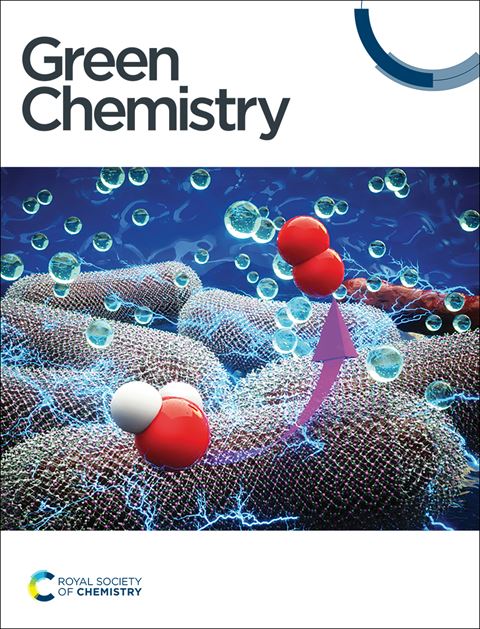Upgrading of waste polyolefins with non-noble metal catalysts
IF 9.3
1区 化学
Q1 CHEMISTRY, MULTIDISCIPLINARY
引用次数: 0
Abstract
The rapid growth of waste polyolefin plastics poses a great threat to the environment and human health; hence there is an urgent requirement of efficient and environment-friendly upgrading methods. Aiming to utilize these hazardous substances and reduce energy consumption in a green way, most of the current studies use noble metal catalysts for the conversion of plastic waste, while non-noble metal catalysts have gradually attracted attention in the upgrading of waste polyolefins due to their abundant reserves, low cost, and potential to offer more sustainable alternatives. This paper provides a comprehensive review of Ni and Co-based and other catalysts in the hydrocracking, hydrogenolysis and tandem catalysis of polyolefins in recent years. It highlights the significance of the catalyst composition and support structure, which are key factors in determining the efficiency and selectivity of the conversion processes. The structure–activity relationships of these catalysts are also discussed to reveal how active site and structure design can influence the yield of desirable products while minimizing by-product formation and environmental impact. In addition, the challenges and prospects of non-noble metal catalysts in the selective upgrading of waste polyolefins in a circular economy are described to provide a theoretical foundation for the design and development of more efficient and stable catalysts, while inspiring further research in the green upgrading of waste polyolefins.

求助全文
约1分钟内获得全文
求助全文
来源期刊

Green Chemistry
化学-化学综合
CiteScore
16.10
自引率
7.10%
发文量
677
审稿时长
1.4 months
期刊介绍:
Green Chemistry is a journal that provides a unique forum for the publication of innovative research on the development of alternative green and sustainable technologies. The scope of Green Chemistry is based on the definition proposed by Anastas and Warner (Green Chemistry: Theory and Practice, P T Anastas and J C Warner, Oxford University Press, Oxford, 1998), which defines green chemistry as the utilisation of a set of principles that reduces or eliminates the use or generation of hazardous substances in the design, manufacture and application of chemical products. Green Chemistry aims to reduce the environmental impact of the chemical enterprise by developing a technology base that is inherently non-toxic to living things and the environment. The journal welcomes submissions on all aspects of research relating to this endeavor and publishes original and significant cutting-edge research that is likely to be of wide general appeal. For a work to be published, it must present a significant advance in green chemistry, including a comparison with existing methods and a demonstration of advantages over those methods.
 求助内容:
求助内容: 应助结果提醒方式:
应助结果提醒方式:


